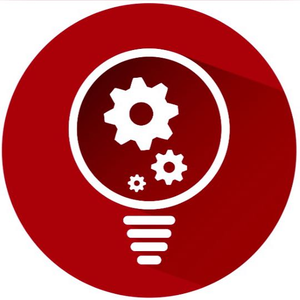Your comments
Answered?
I don't think this work-around is an answer. Are you going to look at how this functionality is implemented now and change it to make it more logical? So support multiple relations, or limit it to 1.....
I get it, you're right.. it not the most elegant solution.
Would rather like iRidium to change the functionality (or limit the relations to 1 if they are not planning to support multiple relations).
I do not understand what you mean.
Can you create a screen recording of how to set this up?
No, you can close this topic. tnx!
Okay, too bad we can't use a system token with AddListener.
I think I'll solve it like so:
var _timerActions = [];
IR.SetGlobalListener(IR.EVENT_GLOBAL_TAG_CHANGE, function(name, value) {
if (name == "System.Time.Minutes") {
for(var i = 0; i < _timerActions.length; i++) {
_timerActions[i](value);
}
}
});
When a user selects a time on the panel and clicks "start" a function will be added to the _timerActions array. In those functions I can then check against IR.GetVariable("System.Time.Hour") and IR.GetVariable("System.Time.Minutes").
Yes, we've managed to fix the issue by installing a new driver for the embedded Intel graphics card.
We've managed to fix the issue by installing a new driver for the embedded Intel graphics card.
This page describes the steps: https://www.sysjolt.com/2017/displaylink-opengl/
And this is the page for the latest Intel driver: https://downloadcenter.intel.com/download/27412/Graphics-Intel-Graphics-Driver-for-Windows-15-60-?v=t
Color depth is 32 bits.
Do you have a test that we can run?
As noted before, resolution of the project is exactly the same as the native resolution of the screen and the resolution windows is set to.
The strange thing is, when i3 Pro is running in Full screen and I open a TeamViewer session, I see the Windows desktop (while i3 is shown on the actual touchscreen). With TeamViewer I cannot click on anything on the desktop, when I click on something I actually click in the i3 Pro application.
Customer support service by UserEcho


Most installers have common knowledge about PLC systems and understand the "OR", "AND", "NOR", etc. logic very well. The current behavior is none of these and also strange in the context of a button. Who would want "the last state change of several feedbacks" reflected on a button? :s I honestly can't think of a scenario in which that would make sense.
Making it work like an "OR" or "AND" would make much more sense and would also be easier to explain. So if you don't want to change the functionality of the current trigger button, add another type of button "Logic button" that allows you to choose between OR/AND and that can work with multiple relations.
At this moment I've solved this by building a scheme with an OR construction for all the relations/feedbacks that is being written to a tag (see screenshot below). I've had to create more than 10 of these schemes in my project now.
Why not use the other solution?
Our projects are being worked on by multiple people, it's not easy to carry over a project (not only iRidium, but any project) that has 'dirty hacks' (because that's what I call it) in it to accomplish something. Layering buttons on top of each other is not elegant, not in any way. I want my projects to be self explanatory so that people can continue working with it, make changes and add functionality even when I'm not available to explain strange constructions that have been used. Using a scheme is also not the best solution in terms of self explanatory because you can't trace back the project tag to the scheme.